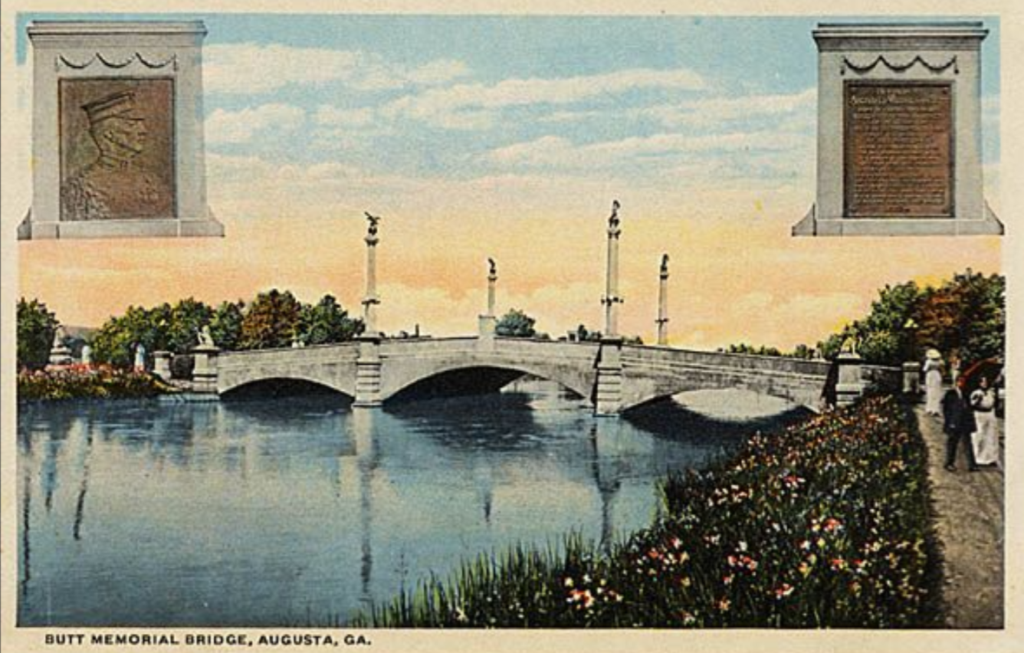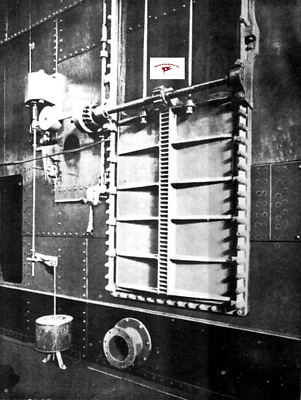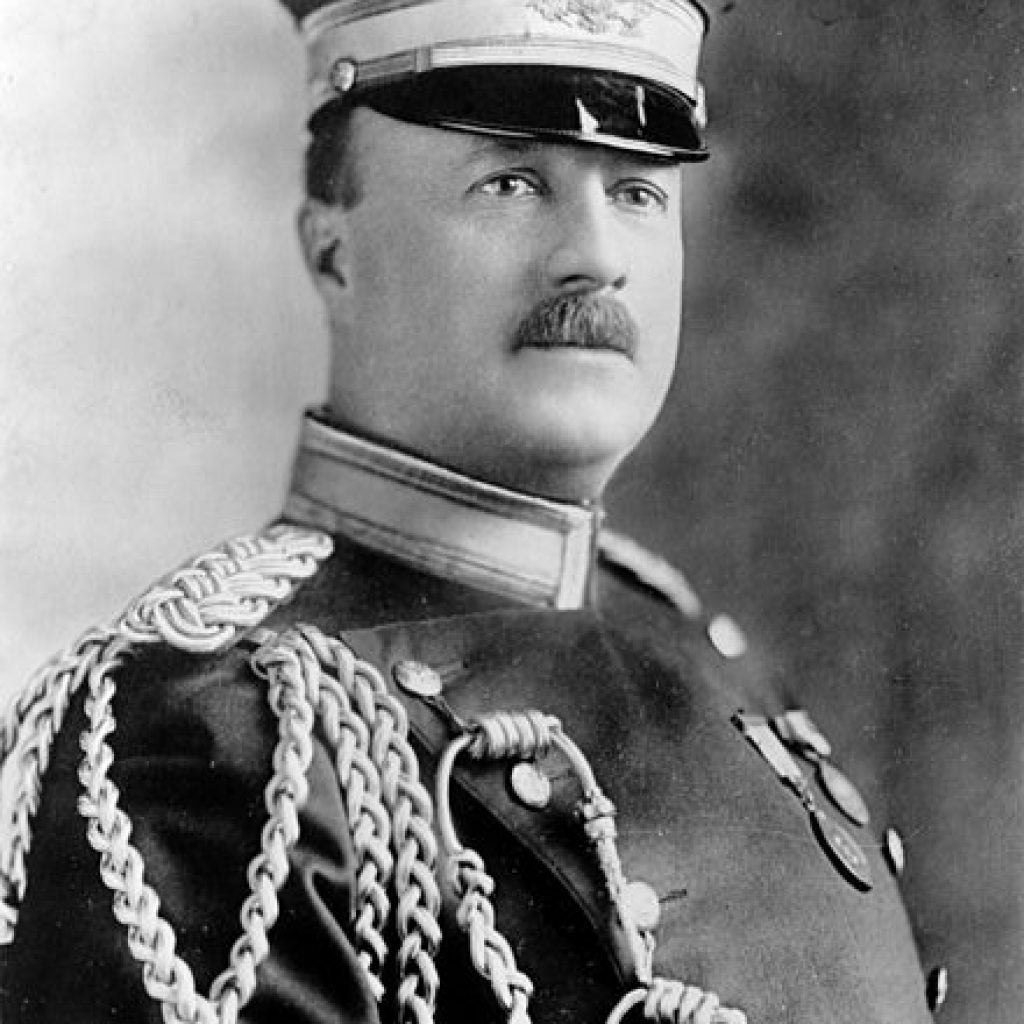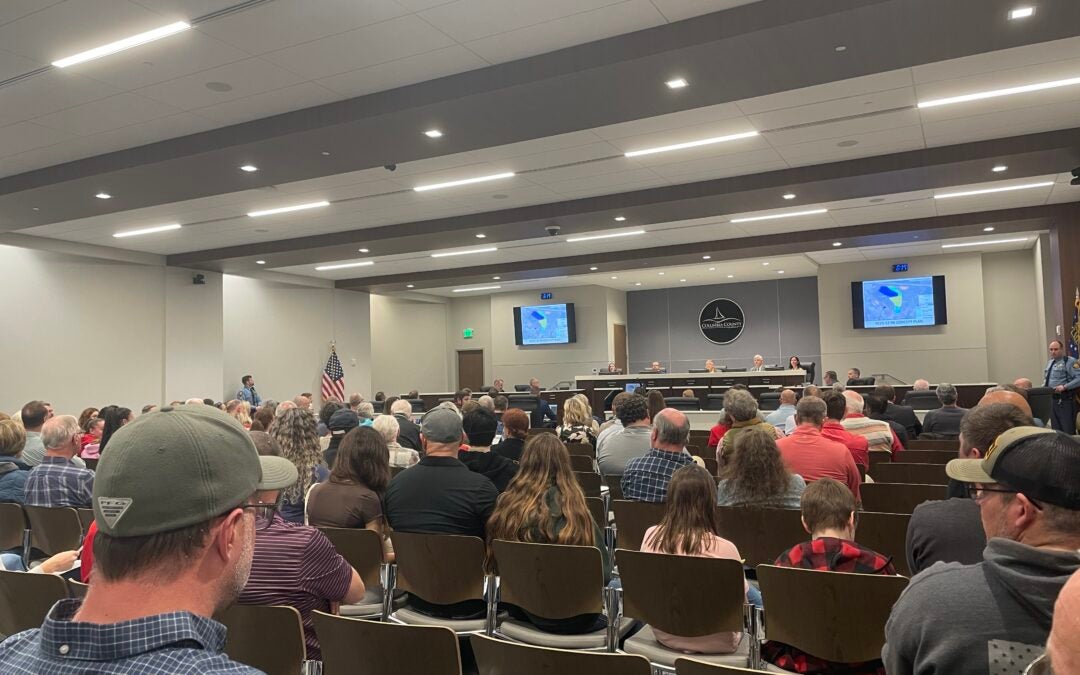It was on April 15, 1912, 113 years ago on this date that the world experienced the first international tragedy of the 20th century, when the RMS Titanic, the largest ship in the world, struck an iceberg in the North Atlantic and sank.
The ship took with her 1,502 souls, including Augustan Archie Butt.
Augusta is the home of the only monument in North America erected in remembrance of the victims of the RMS Titanic, and this city likely would have been the burial place for Archibald Butt, if his body had not been lost at sea. The Butt Memorial Bridge is one of the most famous landmarks in Augusta.

Everyone from conspiracy theorists to historians and folks who watched the 1997 blockbuster film, “Titanic,” all have theories about who may have been the true villain, the real one, or ones, to blame for the sinking of April 15, 1912.
There are a smorgasbord of people who could be pinned with blame: the captain for going too fast, the owner for meddling with the captain’s decisions, the designer for not anticipating such disaster scenario, the Board of Trade for not demanding more lifeboats and, had they been real passengers, Leo and Kate for distracting the lookouts with their public displays of affection.
Then comes the “if onlys.”
If only the rudder was larger, if only there had been a moon, if only there had been a wind or even a breeze, if only the crew in the crows nest had binoculars, if only the sea wasn’t so calm, if only the wireless operator of the Californian had been awake, if only they had seen the iceberg 30 seconds sooner or 30 seconds later…

There are many facets to the tale of Titanic’s sinking that they sometimes tend to overshadow each other, many significant parts of the story get buried in favor of the more dramatic portions. So much of what happened on that cold April night has been enshrined in romanticism, some of it real, but most of it is as contrived as the love affair of Jack and Rose.
There have been tons of books written on the subject, but Walther Lord’s account, “A Night to Remember,” remains the definitive record of the sinking. Lord’s summation was that there really was no villain in the tale; rather, it was the most improbable and almost impossible set of circumstances that all came together at one point in time, dooming over 1,500 people and freezing them (no pun intended) in time as symbols of man’s arrogance and hubris.
“God himself couldn’t sink this ship!”
No one actually said that. In fact, the Edwardians were almost, if not more, superstitious than the Victorians, and such a statement would have been considered blasphemous.
When coming to conclusions about the cause of Titanic’s demise, people must keep in mind what all was going on at the time. Technology was moving at such a fast pace that the human psyche could hardly keep up; motor cars roamed the streets, trains could take people cross country and great ships had finally begun to master oceans.
It must be kept in mind that the RMS Celtic was the largest ship in the world in 1901, just 10 years before Titanic sailed, weighing in at 20,904 tons; but, most ships were half that tonnage and were around 400 feet in length.
Titanic was double the size of the average ship at nearly 900 feet long, and while people make a big deal about the rudder being too small, the rudder had little to do with anything. It turned the ship just fine. What needs to be considered is that the Titanic was so heavy that it required a large distance to stop. According to a report by Penn State University, it takes about four miles for the average, modern ship to come to a full emergency stop.

Icebergs weren’t considered that big of a threat since steering around them was easy. In fact, the worst accident anyone could think of was a collision at sea in heavy fog. However, icebergs might have been a bigger problem, and no one knew it.
Prior to Titanic, people generally did not survive shipwrecks on the open ocean. Volumes of history books are filled with stories of ships that cast off, never to be seen or heard from again.
No one lived to tell the tale; ships just didn’t show up. Since there was no way to communicate ship-to-ship over long distances, the only way a lifeboat full of people could be saved was if the boat stayed in the shipping lane and didn’t drift off to where another ship wouldn’t happen up on it by chance.
The first wireless distress call was made by the SS Arapahoe in 1909, three years before the Titanic sailed, so it was a minor miracle that anyone at all was saved.
With that lack of communication, it is impossible to know how many ships have actually been sunk by bergs.
People also point to the insufficient number of lifeboats, but this can be misleading. True, Titanic lacked enough lifeboats for everyone on board. However, it must be remembered that back in that time, as it is now, the last thing a skipper wants to do is put people in lifeboats. There has to be a catastrophe on par with Titanic’s hitting that ice berg, so lifeboat requirements were calculated by gross tonnage and not the actual number of people aboard.
In fact, if Titanic had carried 40 boats, instead of the 20 she had on board, they likely would have been of little use, because the Titanic went down relatively fast. The last collapsible lifeboat to leave the ship was literally floated off as the behemoth sank from underneath it.
It has been proven definitively that there was no insurance scheme that had been concocted to switch Titanic with her sister, Olympic, which suffered continuing issues from a collision with a warship a year earlier.
The ship resting nearly two miles down on the bottom of the Atlantic is the Titanic. There is no dispute.
People have always said that the moral of Titanic story is that man should never come to the conclusion that he has bested nature. A ship 10 times larger than Titanic will sink if it loses buoyancy.
Ships still sink today, even with modern navigation and safety systems.
One thing that is sometimes missed by people looking back on the sinking is the way that people acted during the sinking. The story of Augustan Archibald Butt is but a footnote today, but more people should know about how the man bravely remained calm and helped save countless lives.

All accounts of the Titanic, including Lord’s book, agree that Butt set the benchmark for heroism on that deadly night.
According to the papers of President William Taft, to whom Butt served as an aide de camp, at the Library of Congress, Butt and his life partner Frank Millet were playing cards along with several other men when the ship hit the iceberg. The leisurely night saw very few people padding about as the men chomped on cigars and sipped highballs.
Generally, card playing was not allowed on Sunday’s, but no steward would have dared interfere with this set of well-heeled gentlemen. When the ship struck the iceberg berg, the men only noticed a faint jarring sound coming from below. The only thing that seemed odd was the fact that the chandelier overhead stopped vibrating along with the engines and everything went quiet until moments later when the smokestacks began releasing steam with a terrible roar.

The band played happy ragtime as rockets pierced the sky, exploding overhead, shaking the air over the still ship as sailors uncovered the boats and readied them for lowering.
It is almost assured that Butt knew he was going to die that night. He was high enough on the social ladder that he would be aware of the lifeboat shortage and what that meant. As a “confirmed bachelor,” Butt had no children or wife to look after, so it would have been seen as a cowardly act if Butt even accepted a seat offered to him.
Instead of trying to save himself, Butt assisted with the evacuation. Sometimes he could sweet talk a woman to make the small leap past the falls and into the lifeboat, other times, multiple accounts have the retired soldier picking women up like Barbie dolls and tossing them into the boats.
Some survivors recall that Butt had run down several flights of stairs and raided a nearby galley, returning back to the boat deck with loaves of bread, biscuits and any other survival food he could find.
According to Lord, Butt was last seen tossing deck chairs into the ocean for people in the water to use as a floatation device. When the ship sank, he was never seen again.
So, there was no villain that caused the Titanic to sink, but there was a hero, and he hailed from right here, Augusta, Georgia.
…And that is something you may not have known.
Scott Hudson is the Senior Investigative Reporter, Editorial Page Editor and weekly columnist for The Augusta Press. Reach him at scott@theaugustapress.com













